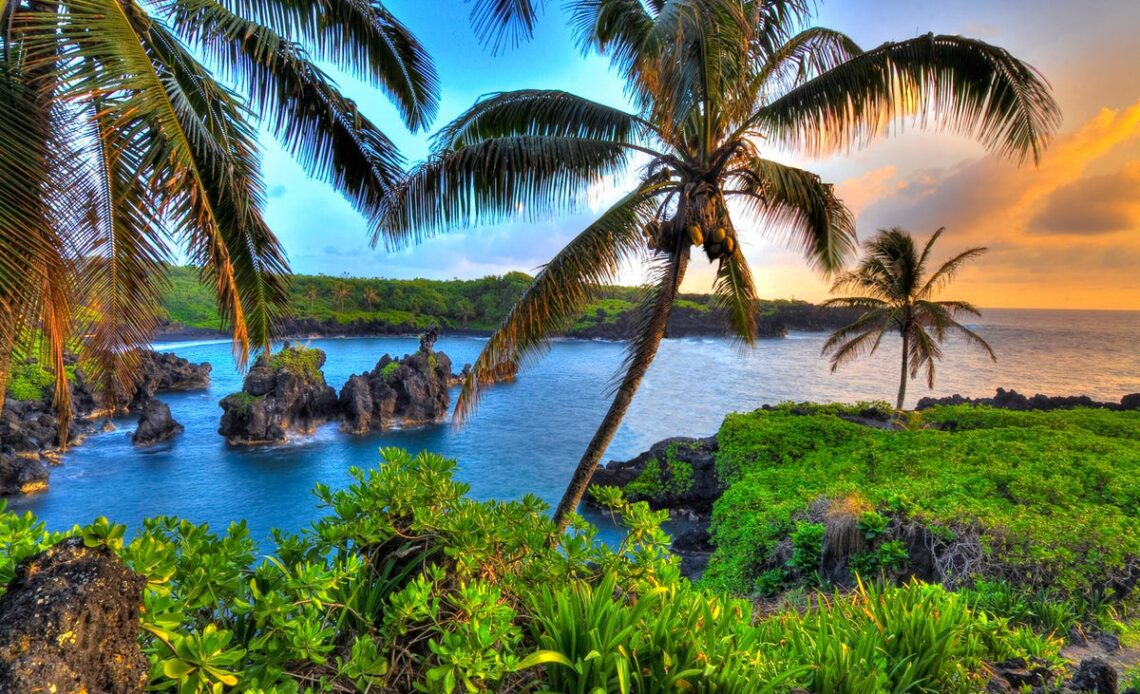An eclectic mix of US and Polynesian influences, Hawaii is a destination unlike any other.
When most think of the States, they don’t picture tropical rainforest, turquoise waters, rolling green hills and the white sands of some of the best beaches in the world, but all this and more awaits in the archipelago that is the country’s 50th state.
These volcanic islands sit in the central area of the Pacific Ocean, just below the Tropic of Cancer and over 2,000 miles from the mainland, meaning that they have drastically different weather conditions to the rest of the country, with a mainly tropical climate; though there is some variation throughout the islands.
This means that Hawaii only has two separate seasons; summer and winter. Average temperatures remain high even in winter, with an average daytime temperatures as high as 25C at sea level, but rainfall in one area can be as high as 11,000mm. So when should you visit? Here’s everything you need to know.
Read more on USA travel:
Wet Season
Clouds gathering over Honolulu
(Getty Images/iStockphoto)
When is it? November to March
The wet season coincides with ‘winter’ on the islands. Levels of rainfall vary dramatically depending on area, which is usually dependent on moist trade winds that are forced upslope by the mountains – the area around Mount Waialeale, on the island of Kauai, is one of the wettest places on Earth, with an average annual rainfall of roughly 11,430mm.
The heaviest storms come during these months, and even relatively dry areas can receive over half their average rainfall in a day or so. Overall, rainfall is lowest on the islands of Lanai and Molokai, but it is also very low on the leeward sections (part of the island that faces away from prevailing winds, in this case the west) of Big Island, Oahu and Maui. Here, the average is anywhere between 250mm and 740mm per year. It is highest in the east of Big Island and Maui, with up to between 6,400mm and 11,400mm on average, but weather is very localised. On average, the wettest months are November and December.
Dry Season
(Getty Images)
When is it? April to October
While even winter has some warm temperatures, the ‘dry season’ (summer) brings with it warmer weather and less rainfall. With clear skies, gentle breezes and average highs between 29 and 32 during these months, the islands are unlikely to get…
Click Here to Read the Full Original Article at The Independent Travel…
